Eurobike Recap
Most of the major brands in the cycling industry displayed new or updated products at the Eurobike trade show. Out of hundreds of products worthy of mention here are some I thought notable. Has the Christmas season begun yet? Hope so!

New helmets were displayed, with new aero helmets from Rudy Project, Kask, and others.
First teased at this year’s Tour de France, Giro has released a new aero road helmet, the Vanquish MIPS helmet. Designed with a magnetic wrap-around Zeiss visor and sunglass arm grippers, the Vanquish is claimed to test faster than Giro's Air Attack and the Specialized Evade. The Vanquish will be available this fall retailing at $275 and Slowtwitch expects to get hands-on with one for testing in the coming months.
Giro also released an updated cycling footwear line called Xnetic Knit which features a sneaker-like material used for the outer construction. The material is aimed at improved comfort, fit, breathability, and some would argue style. The Xnetic line will be available in the Fall with pricing ranging from $140 to $250, model dependant.

The Drag2Zero (D2Z) Aeroswitch helmet with visor may be the least conventional, but the most practical (except for its price), of all the helmets displayed at Eurobike. The helmet can be used as a TT helmet, or an aero road helmet, after removing the rear tail portion. D2Z reports that its testing shows the Aeroswitch Helmet is faster than the aero helmets of six leading brands. The Aeroswitch will be available in Spring 2018 at a cost near $390. D2Z also won a Eurobike award for their Encapsulator Suit, part of their new aero range aimed at TT specialists and triathletes.
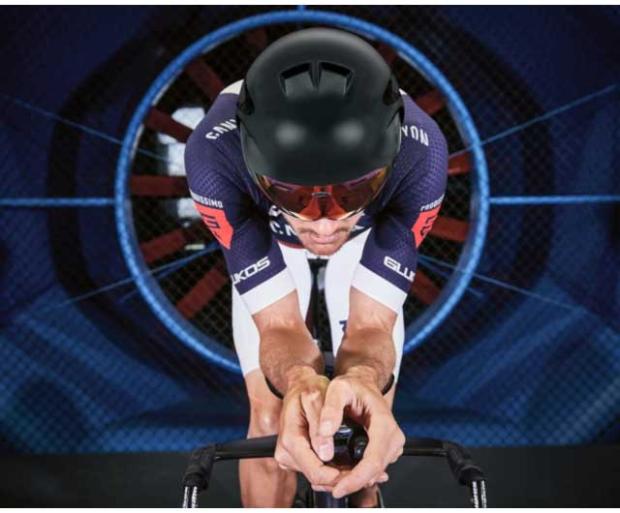
Oakley also entered the cycling helmet market with the release of three road helmets with the ARO7 aimed at triathletes. The ARO7 features a magnetic buckle, BOA closure, and two Oakley visors utilizing their Prizm lenses. The Oakley helmets should be available in 2018 for $500.

Zipp updated its NSW and Firecrest carbon clincher line for use with disc brakes and tubeless compatible. It also widened the internal width of the 404 and 808, optimizing them for 25mm tires. The new NSW disc wheelsets now have their patented dimples extending the rim edge, including the portion brake track area. It also released a 303 Firecrest 650b disc brake clincher to cater to smaller sized bikes (Canyon is making its smaller-sized road bikes using 650b) and off-road bikes (Cannondale’s Slate uses a 650b disc brake wheel). The updated wheels will be available in September 2017 with pricing varying based on wheel depth.
The Shimano PRO line also announced the release of its tri-spoke clincher, optimized for use with 25mm tires. It uses an Ultegra 6800 hub, reported to weigh 1040g, and includes a wheel-bag. It should be available in January 2018 for $1,999.

Notio Konect stole the show in the electronics category with the release of its real-time CdA sensor prototype. The device can measure wind speed, humidity, air pressure, air density, temperature and integrate with other sensors such as power, GPS and speed data, to calculate drag coefficient.
The Konect, which operates via Ant+ and BTLE, can currently display CdA data on Garmin bike computers through the use of Connect IQ app, although they are also working with other vendors at this time. Users will also have the ability to conduct a post ride analysis in Golden Cheetah or their own proprietary software platform.
The Notio Konect will be available to mount to both road and TT bikes through an array of mounting options that will be available.
There will be three models available: Pro, Competitive, and Enthusiast. The Pro model, aimed at aero coaches, features a comprehensive analysis tool with additional data components, such as biomechanical sensors, for standard fit systems (it hasn't released hard data on margin of error or degree of sensitivity of their sensor). In speaking with the CEO of Notio Technologies, Marc Granville, the Competitive model would be ideal choice for most Slowtwitch readers, providing most of the same information as the Pro minus biomechanical data with the use of a power meter. And finally, the Enthusiast model, which does not provide aerodynamic data, is geared for those beginning to train with data and who do not own a power meter. It is expected to be available for purchase in March 2018 and although pricing hasn’t been finalized, the mid-range model will likely be in the $1000-$1500 range.
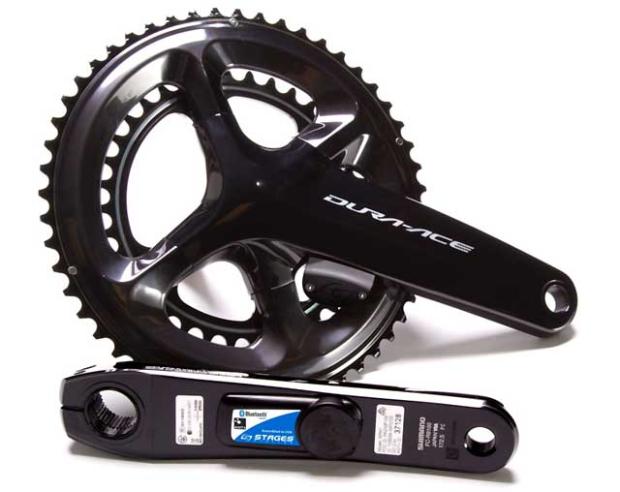
Stages showed its Power LR, promising independent left-right power. Known for its single-leg power meter, its entry into the dual-leg market is not a huge surprise with Team Sky using a dual-leg Stages power meter the past two years at the Tour de France.
The Stages Power LR will work seamlessly with the Dash computer head unit and Stages Link automated training system, in essence creating its own performance ecosystem. At first glance, the technical specifications appear to be competitive with other dual-leg power meters on the market (e.g. Pioneer, PowerTap P1) featuring dual band transmission (i.e., Ant+, BTLE), claimed +/- 2% combined accuracy, temperature compensation, IPX7 water resistance with a battery life of 175+ hours via a user-replaceable CR2032 battery, and only 35grams without the need for a magnet.
The Stages Power LR for Shimano 9100 ($1300) will be shipping this fall with the Ultegra R8000 ($1000) following shortly and Slowtwitch plans to test and review the Stages ecosystem this winter.
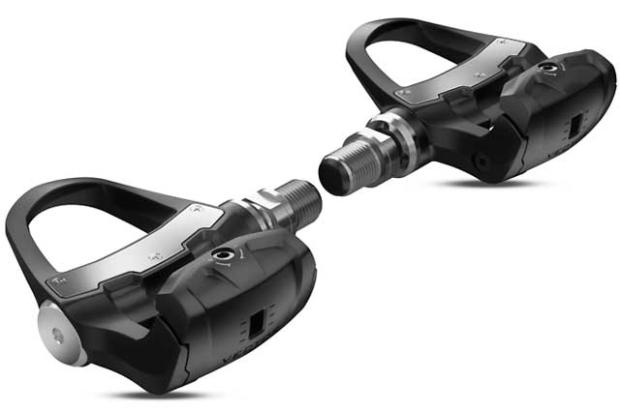
Garmin announced a couple of product updates, most notably the release of the Garmin Vector 3 ($999) and 3S ($599), the single-pedal version. The new release eliminated the major complaint with the previous version, the external pods that housed the battery. The batteries are now located within the pedal. Other notable updates are the addition of BTLE compatibility which allows the Vector 3 to update via mobile devices and work with all devices and training platforms (e.g. Zwift) using BTLE, a decrease in weight (179g down to 162g), easier install procedure, and movement to its own pedal system from the previous Exustar pedals. The Vector 3 now offers all the features that made the PowerTap P1 popular, while weighing less, better battery life, additional cycling metrics within the Garmin platform, and slightly better power accuracy at +/- 1.0%. PowerTap quickly noticed and reduced the cost of its P1 to match the new Vector 3.
Along with the Vector 3, Garmin also updated its Edge 1000 line with the Edge 1030 ($599). The 1030 adds features including: the navigation feature “Trendline” which maps the most popular routes for cyclists; alters for upcoming sharp turns; capability to reply to SMS with prewritten messages; built-in incident detection to alert emergency contacts; extended battery life to 20 hours with a battery pack option for an additional 24 hours; and enhancements to integration with Strava, BestBike Split, and workout functions. Slowtwitch will be reviewing both the Edge 1030 and Vector 3s in the coming months.
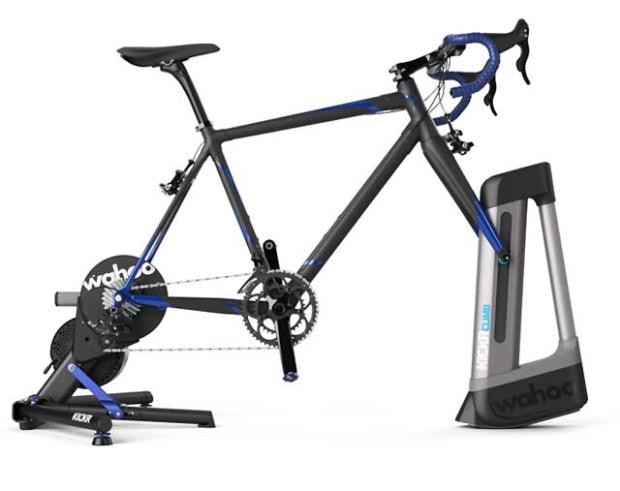
Wahoo stole the show at Eurobike 2014 with the announcement of its KICKR trainer and they did it again this year with the KICKR CLIMB, Wahoo’s newest revolution to the indoor training experience.
The CLIMB automatically adjusts the front-end height of the bike to simulate ascents of up to 20% and declines of –10% via information it receives from a virtual course (e.g. Zwift), or training platform (e.g. TrainerRoad), or via input from their bike computers, the Wahoo ELEMNT or BOLT.
The CLIMB pairs to its updated Wahoo KICKR or SNAP, via proximity pairing, and then work in unison to simulate the incline or decline. There is also a remote control that can attach to the bike to manually control the CLIMB for those without a Wahoo bike computer. The CLIMB will work with all standard QR hubs and supports 12mm x 100mm, 15mm x 100mm, and 15mmx110mm thru axle hubs.
In order to prevent damage to the dropouts of the bike while using the CLIMB, Wahoo updated the KICKR and KICKR SNAP with a new axle adapter system. Instead of the bike being locked into the trainer, the new system will rotate to accommodate the upward motion of the CLIMB thereby preventing damage to the rear dropouts, which is the reason it is currently not compatible with previous KICKR models or other trainers. Along with this update, the updated KICKR now also supports thru axle bikes and has increased clearance for disc brake bikes. The pricing remains the same for the updated Wahoo KICKR ($1199) and KICKR SNAP ($599) which will be available August 30th and the CLIMB will begin shipping this fall at a retail of $599 and Slowtwitch will be reviewing shortly thereafter.
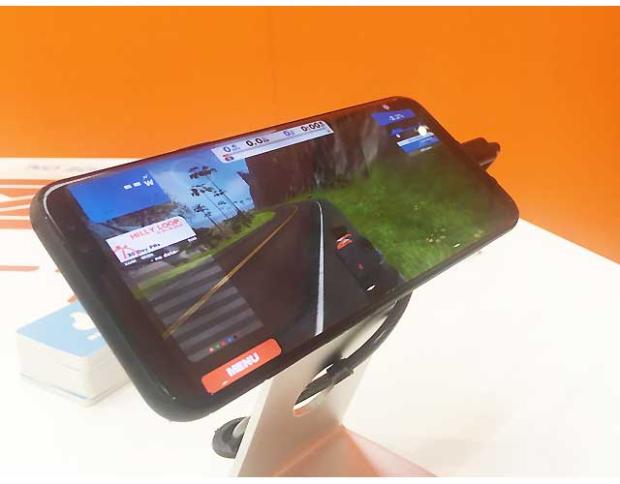
Zwift also made its presence known with the announcement of its planned beta release for Android in the Spring 2018. They are also anticipating a beta release this year for AppleTV (4th generation) and some new roads and routes in Watopia, as well as a group workout function that will synthesize group events (such as races, rides, etc.) and individual workouts into one game environment.



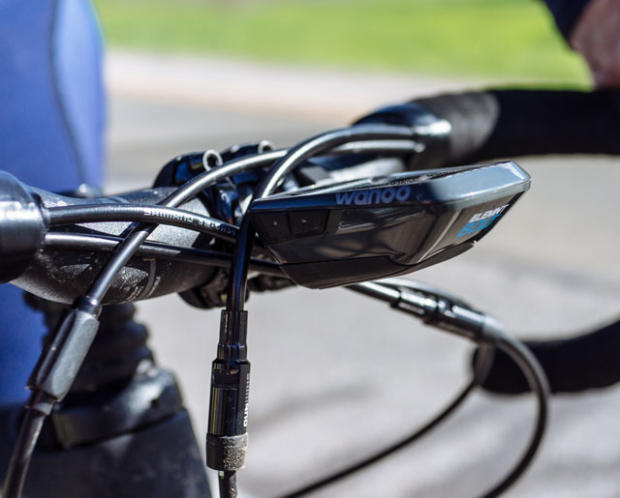
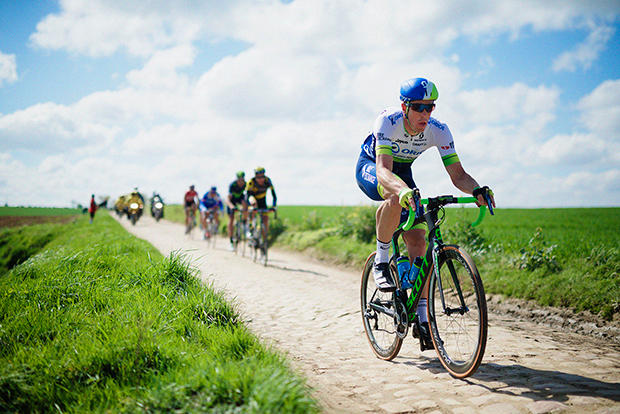
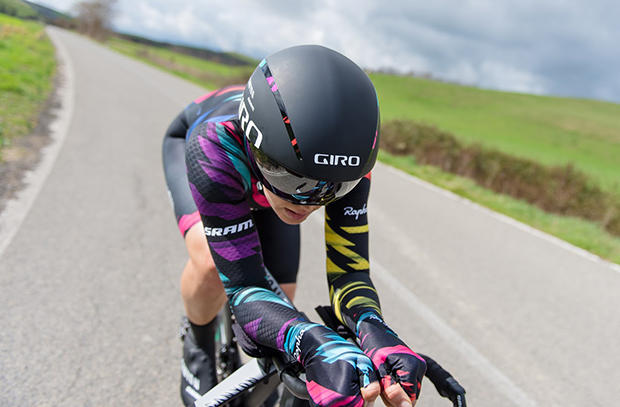

Start the discussion at forum.slowtwitch.com